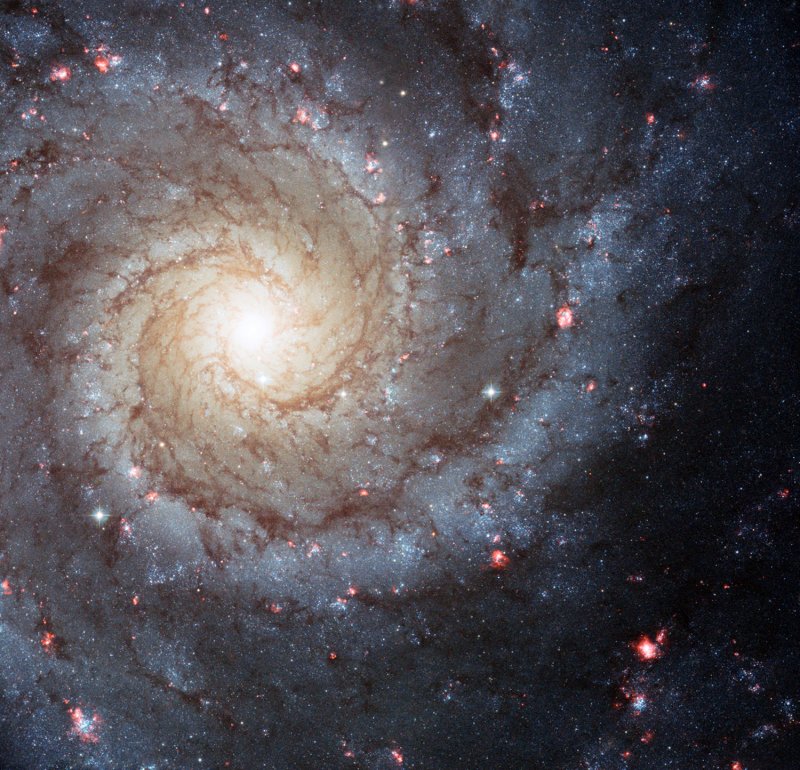BALTIMORE, Feb. 21 (UPI) -- A U.S.-led international team of scientists operating the Hubble Space Telescope has detected one of the youngest and brightest galaxies ever discovered.
The researchers led by Larry Bradley of Johns Hopkins University said the galaxy -- A1689-zD1 -- is 13 billion light-years from Earth and was formed about 700 million years after the Big Bang created the universe 13 billion years ago.















